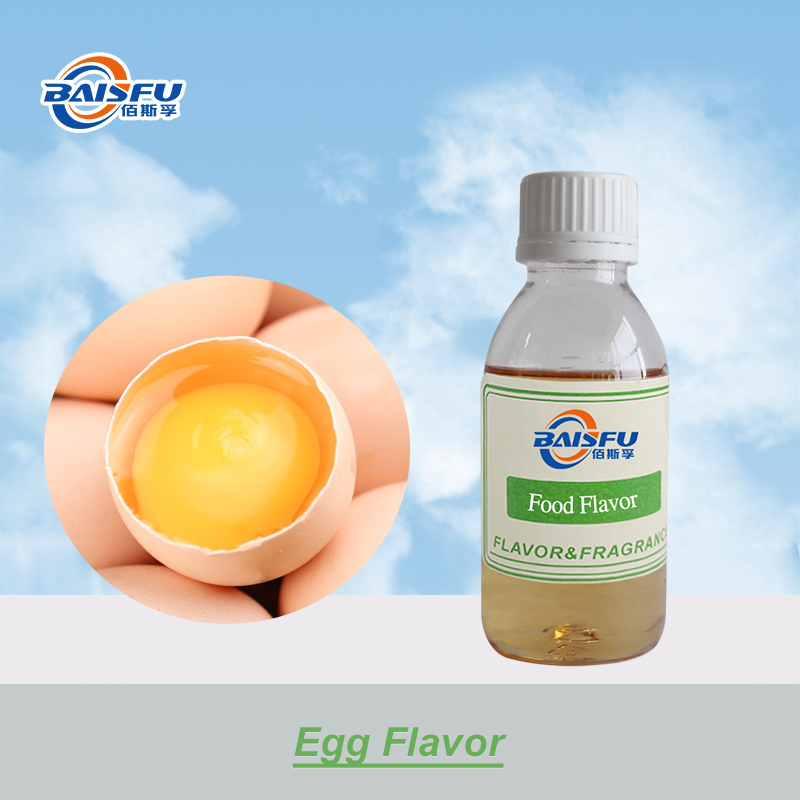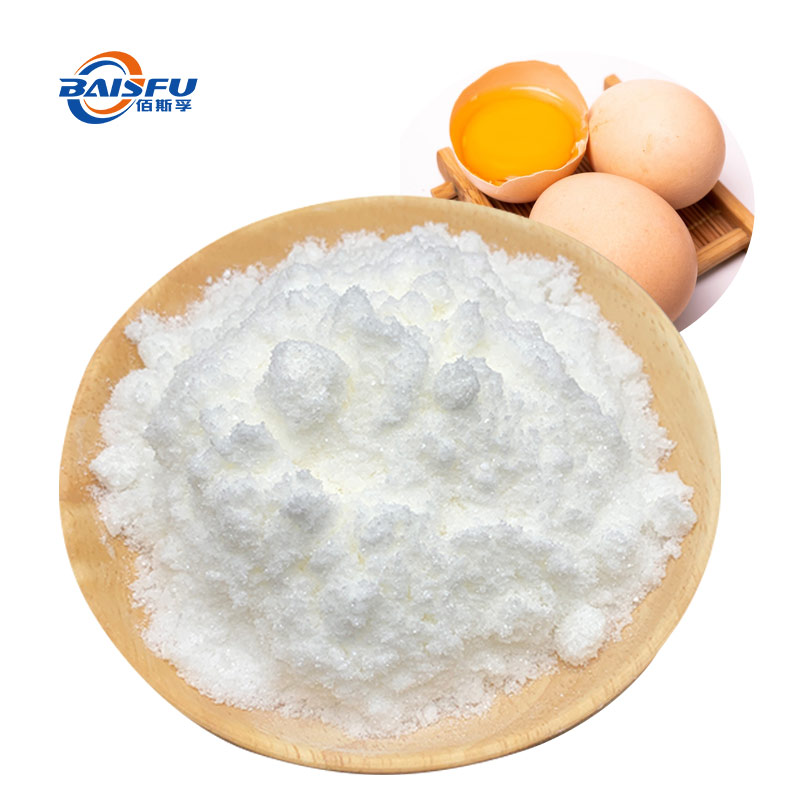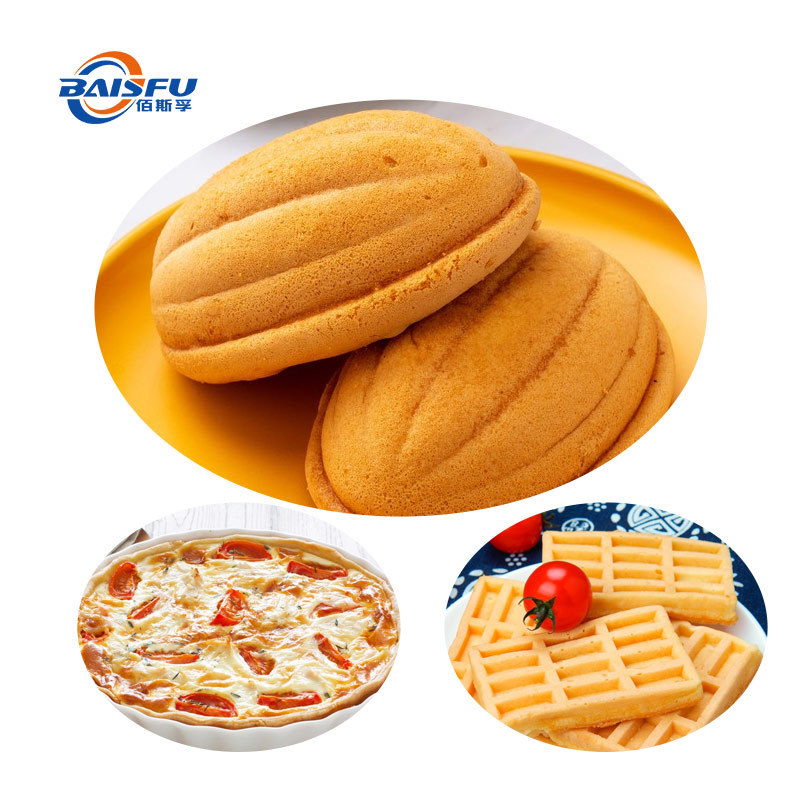What is Egg Flavor?
Egg flavor is a type of food additive, belonging to a category of edible essences. It is produced through artificial blending or natural extraction to simulate or enhance the unique flavor of eggs (primarily the aroma of cooked eggs, especially the aroma of the egg white and yolk after cooking), and it does not contain or contains only a very small amount of egg components itself.

1. Definition
Egg flavor is a food additive, belonging to a type of edible essence. It is produced through artificial blending or natural extraction to simulate or enhance the unique flavor of eggs (mainly cooked eggs, especially the aroma of the egg white and yolk after cooking), and does not contain or contains only a very small amount of egg components itself.
2. Main Components and Types
Flavor Compound: The characteristic flavors of eggs (especially after cooking) mainly come from sulfur-containing compounds (such as hydrogen sulfide, methanethiol, dimethyl sulfide, dimethyl thioether, etc.), aldehydes (such as nonylaldehyde), furans, etc. The core of essence is to precisely reproduce these key flavor molecules. Carrier/Solvent: Such as propylene glycol, glycerin, vegetable oil, ethanol or water, used to dissolve and dilute flavor compounds, facilitating use and dispersion. Other Additives: May include antioxidants (to prevent the essence from oxidizing and deteriorating), emulsifiers (to help oil-soluble essence disperse in water), etc.
Types: Natural Essence: Obtained from natural raw materials (which may include eggs or other sources) through physical methods (such as distillation, extraction). The label can be marked as “Natural Egg Essence”. Synthetic Essence: Produced through chemical synthesis methods for key flavor compounds. This is the most common and cost-effective type. The label is usually “Egg Essence” or “Edible Essence”. Natural Equivalent Essence: Uses chemically synthesized flavor compounds that have the same chemical structure as the natural source. Under certain regulations, it can be labeled as “Natural Equivalent”.
3. Physical Form
Liquid Essence: The most common form, easy to measure and mix into liquids or batter.
Powder Essence: Produced through methods such as spray drying, with good stability, convenient for storage and transportation, especially suitable for dry mixing processes (such as baking premixes, soup packages, snack seasoning powders).

Main application fields
Bakery products: cakes, sponge cakes, muffins, cookies, egg rolls, waffles, breads (especially breads containing eggs such as briousses) etc., providing or enhancing egg flavor.
Cereal products: egg noodles, instant noodle seasoning packets, imparting or supplementing egg flavor.
Snacks: egg rolls, egg pastries, crispy snacks (such as egg-flavored potato chips/biscuits), rice crackers, etc.
Seasonings and sauces: mayonnaise (enhancing flavor), salad dressing, some compound seasonings.
Meat products and substitutes: vegetarian egg-like products (such as tofu stir-fried “eggs”), some meat sausages or meat patties (adding flavor layers).
Soups and ready-to-eat foods: instant soup mixes, cup soups, ready-made porridge, etc.
Candies: some hard candies or creamy candies. 、
Pet food: Enhances palatability.


